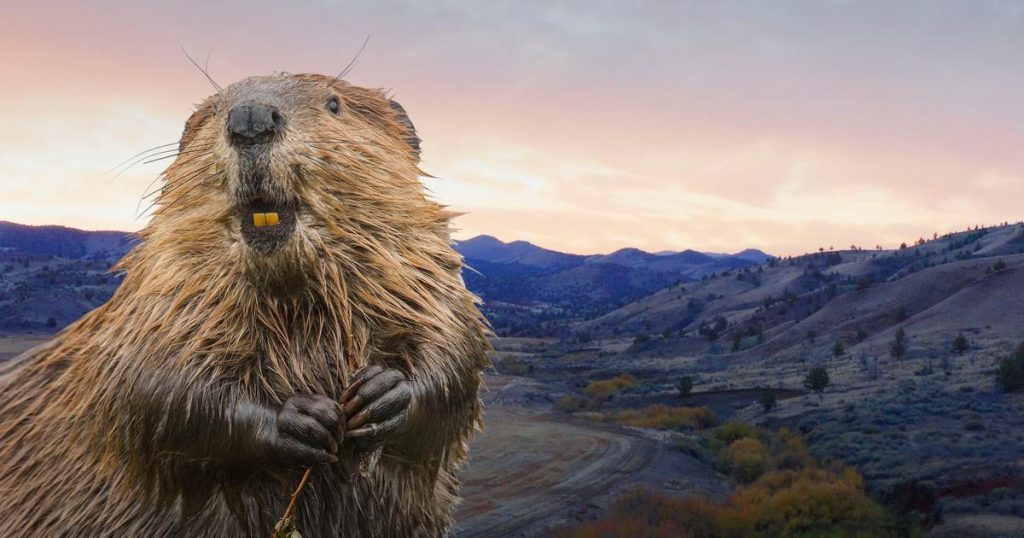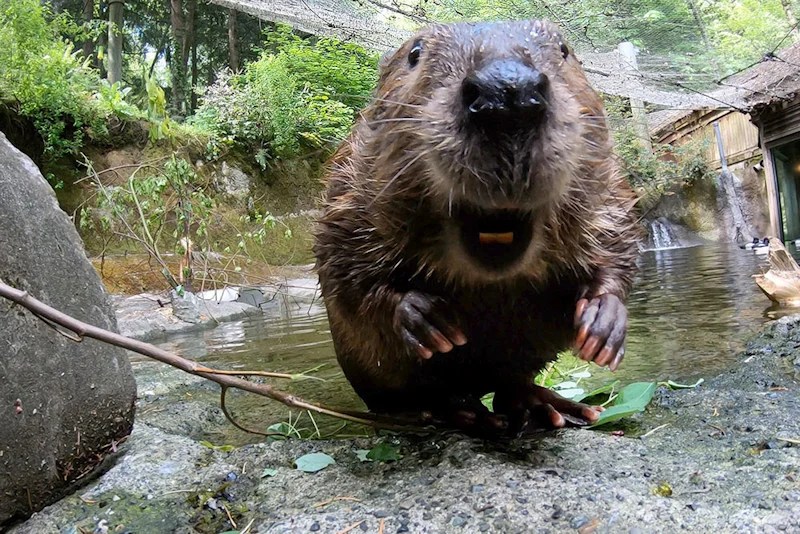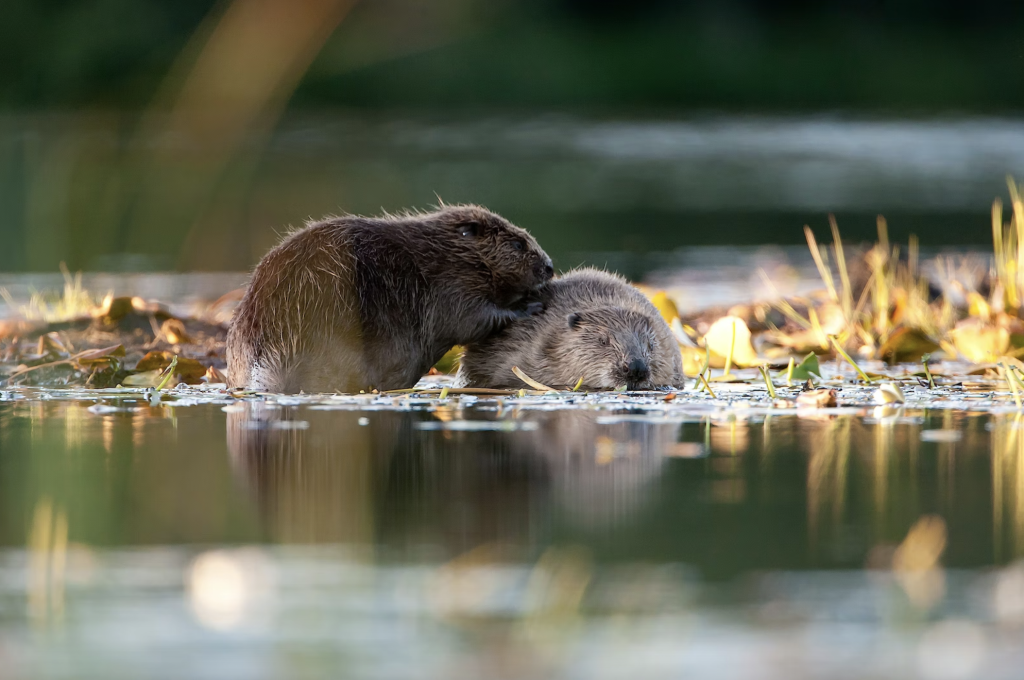Introduction: Beavers are fascinating creatures, renowned for their impressive dam-building abilities and their role in shaping aquatic ecosystems. However, they also possess a complex communication system that includes a variety of vocalizations. In this comprehensive guide, we will explore the different types of vocalizations made by beavers, their functions, and the role they play in beaver society.

Section 1: Types of Beaver Vocalizations 1.1 Tail Slaps Tail slaps are one of the most distinctive vocalizations of beavers. They create a loud, sharp sound by slapping their tail against the water, alerting other beavers to potential danger or disturbance. Tail slaps are often accompanied by a sudden dive, which produces a wave that spreads out and warns other beavers in the area.
1.2 Whining and Growling Beavers also produce a range of whining and growling sounds, which are used in a variety of contexts. Whining is often heard in social situations, such as when a beaver is grooming another. Growling, on the other hand, is typically used during territorial disputes or aggressive encounters with other animals.
1.3 Vocalizations During Mating Season During mating season, beavers produce a range of vocalizations that are specific to their reproductive behavior. Female beavers emit a high-pitched squeak, which attracts males and signals their receptiveness to mating. Male beavers, in turn, produce a low-pitched groaning sound, which is thought to be a form of courtship.
1.4 Contact Calls Beavers also use a variety of contact calls to communicate with one another. These calls range from soft chirps to loud whistles and are used to coordinate activities and maintain social bonds. Contact calls are particularly important for family members, who use them to locate one another and stay in contact while foraging or building.
Section 2: Functions of Beaver Vocalizations 2.1 Alarm Calls One of the primary functions of beaver vocalizations is to alert other members of the colony to potential danger. Tail slaps, in particular, are an effective way to communicate the presence of predators or other threats, such as boats or humans. By producing a loud noise and diving underwater, beavers can warn others to take evasive action and avoid danger.
2.2 Territorial Defense Another important function of beaver vocalizations is to defend their territory against other animals, including other beavers. Growling and aggressive posturing are used to deter intruders and establish dominance over a particular area. In some cases, beavers may fight physically to defend their territory, but vocalizations are typically sufficient to resolve disputes.
2.3 Social Bonding Beavers also use vocalizations to maintain social bonds within their family group. Contact calls are particularly important for this purpose, as they allow family members to stay in touch while foraging or building. Whining and grooming are also common forms of social bonding, reinforcing the close relationships between family members.
2.4 Reproductive Behavior During mating season, beavers produce a range of vocalizations that are specific to their reproductive behavior. Female beavers use high-pitched squeaks to attract males and signal their readiness to mate. Male beavers, in turn, use low-pitched groans to court females and establish their dominance over other males.

Section 3: Beaver Vocalizations in Context 3.1 Colony Dynamics Beaver colonies are complex social structures, with family groups consisting of a breeding pair and their offspring. Vocalizations play a key role in maintaining these family bonds and coordinating activities such as foraging and building. Tail slaps and other alarm calls are also important for warning other members of the group about potential threats.
3.2 Environmental Factors Beavers are highly attuned to their environment and use vocalizations to adapt to changing conditions. For example, during periods of drought or low water levels, beavers may produce more tail slaps and other warning signals to alert others to the need to conserve resources. Similarly, during periods of flooding or high water levels, beavers may alter their vocalizations to coordinate activities and adapt to the changing environment.
3.3 Human Interaction Beavers are often in close proximity to humans, and their vocalizations can be affected by human activity. Loud noises, such as boats or construction equipment, can trigger tail slaps and other warning calls, disrupting the beavers’ social structure and causing stress. Similarly, beavers may alter their vocalizations in response to the presence of humans, becoming more cautious or defensive in their behavior.

Beavers are fascinating animals, with a complex communication system that includes a variety of vocalizations. From tail slaps and growls to whines and chirps, these vocalizations play a vital role in beaver society, helping to coordinate activities, maintain social bonds, and defend against threats. By understanding the functions and contexts of beaver vocalizations, we can gain a deeper appreciation for these fascinating creatures and their role in shaping aquatic ecosystems. Additionally, we can take steps to minimize human disturbance and ensure that beavers can communicate effectively with one another, promoting healthy and vibrant populations in the wild.